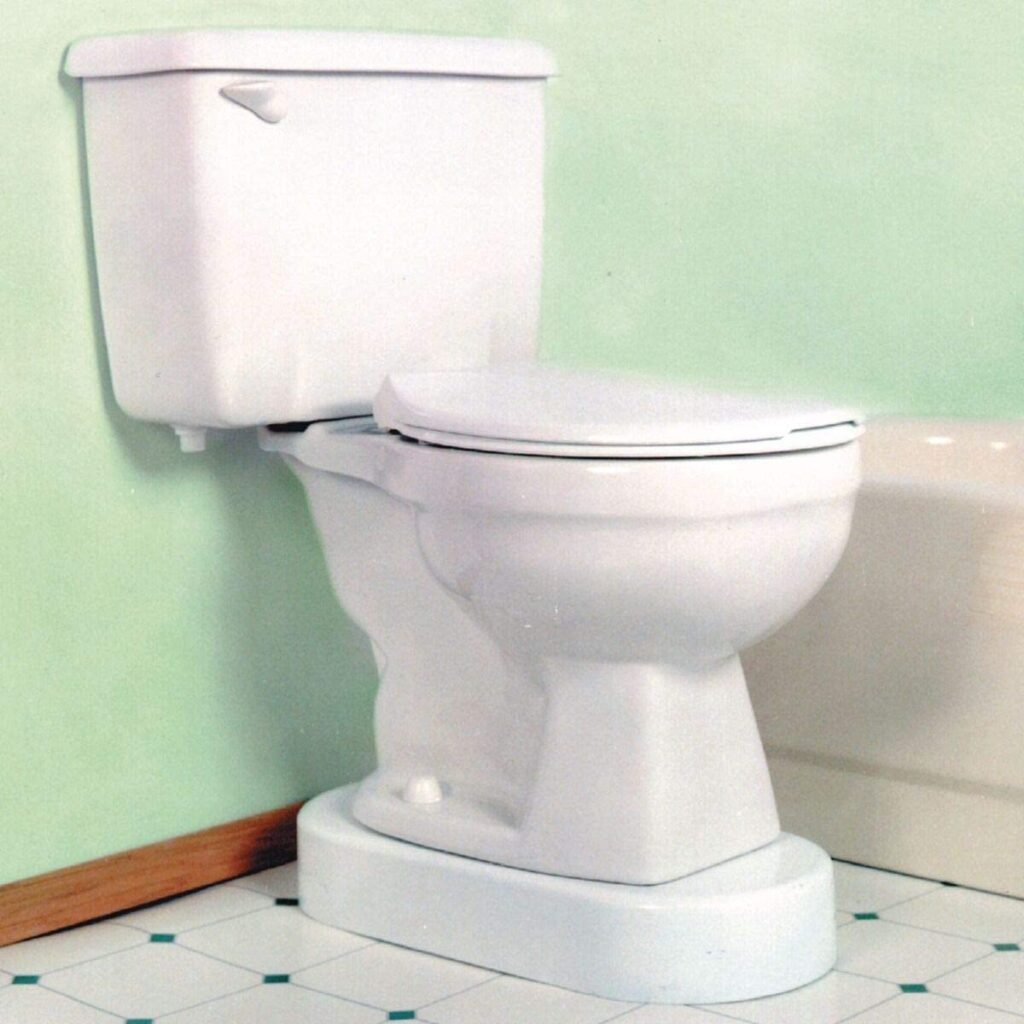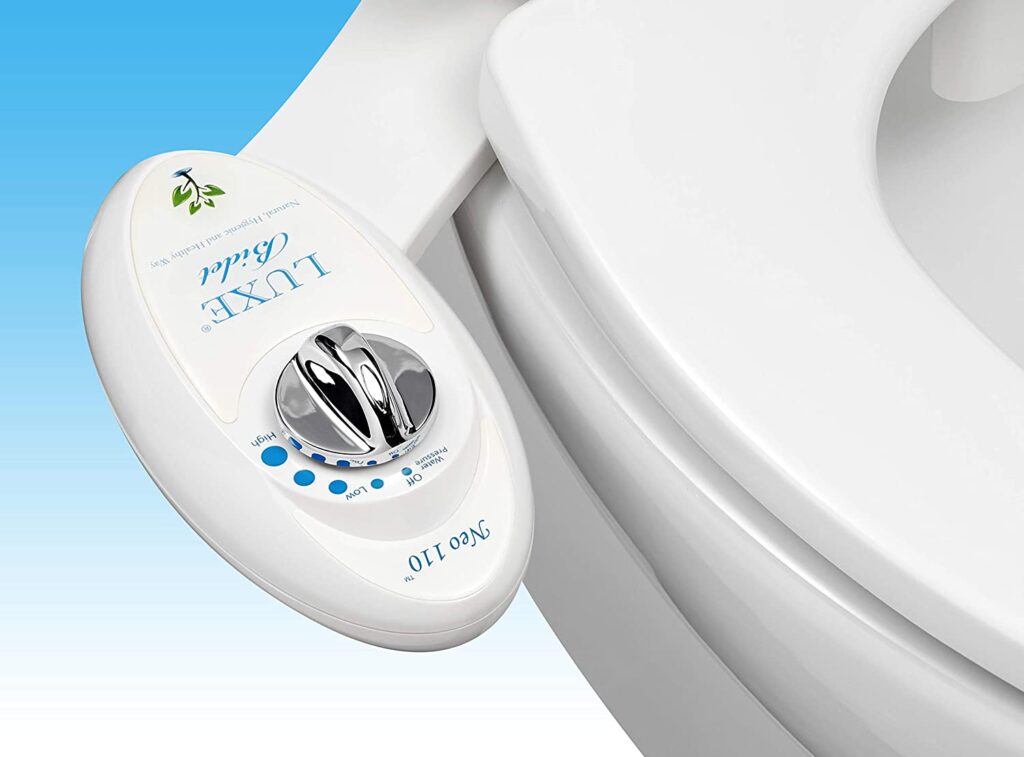In our daily lives, we often take for granted the simple yet crucial necessity of a toilet. Why we need a toilet is more than just a matter of convenience; it's a fundamental aspect of public health, personal hygiene, and environmental sustainability. Toilets play a vital role in maintaining cleanliness and preventing the spread of diseases, making them indispensable in our homes, workplaces, and communities. In this article, I'll explore the multifaceted reasons why we need toilets, backed by research and personal insights, to help you appreciate this essential fixture in our lives.
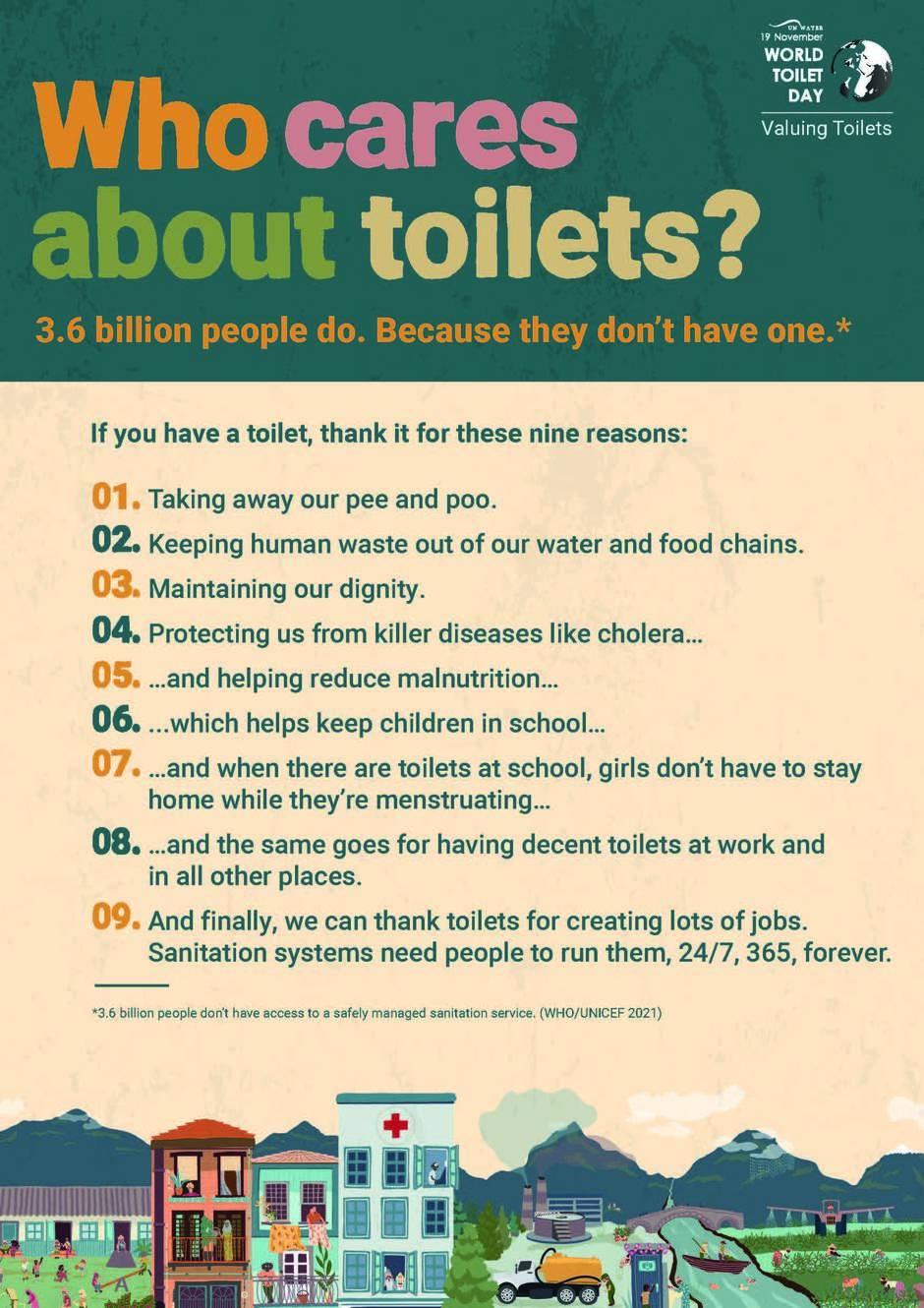
Source: www.fondation.veolia.com
Table of Contents
The Importance of Toilets
Public Health and Disease Prevention
One of the primary reasons why we need toilets is their significant role in public health. According to the World Health Organization (WHO), inadequate sanitation is a leading cause of diseases such as cholera, dysentery, and typhoid. In fact, a 2021 study published in the Journal of Water and Health found that improved sanitation facilities, including toilets, can reduce the incidence of these diseases by up to 50%.
When people do not have access to proper sanitation, they are more likely to practice open defecation, which contaminates water sources and spreads pathogens. This can lead to outbreaks of waterborne diseases, particularly in developing countries where sanitation infrastructure may be lacking. By providing access to toilets, we can significantly reduce the risk of these diseases and promote better health outcomes for communities.
Environmental Sustainability
Toilets also contribute to environmental sustainability. Proper waste management is critical for protecting our ecosystems. When human waste is not disposed of correctly, it can lead to soil and water contamination, harming wildlife and plant life. A study by the United Nations Environment Programme (UNEP) highlights that investing in sanitation can improve water quality and reduce pollution levels in our rivers and lakes.
Moreover, modern toilets are designed to be more water-efficient, using less water per flush compared to older models. This conservation of water is essential, particularly in regions facing water scarcity. By promoting the use of efficient toilets, we can help protect our water resources and ensure a healthier planet for future generations.
Personal Hygiene and Comfort
On a personal level, toilets provide a necessary space for maintaining hygiene and comfort. The convenience of having a private place to relieve oneself is something many of us take for granted. Without access to toilets, individuals may resort to unsanitary practices, which can lead to health issues and discomfort.
Research has shown that access to clean and safe toilets can improve mental well-being. A study published in the International Journal of Environmental Research and Public Health found that individuals with access to proper sanitation facilities reported lower levels of stress and anxiety. This highlights the importance of toilets not just for physical health, but also for mental health and overall quality of life.
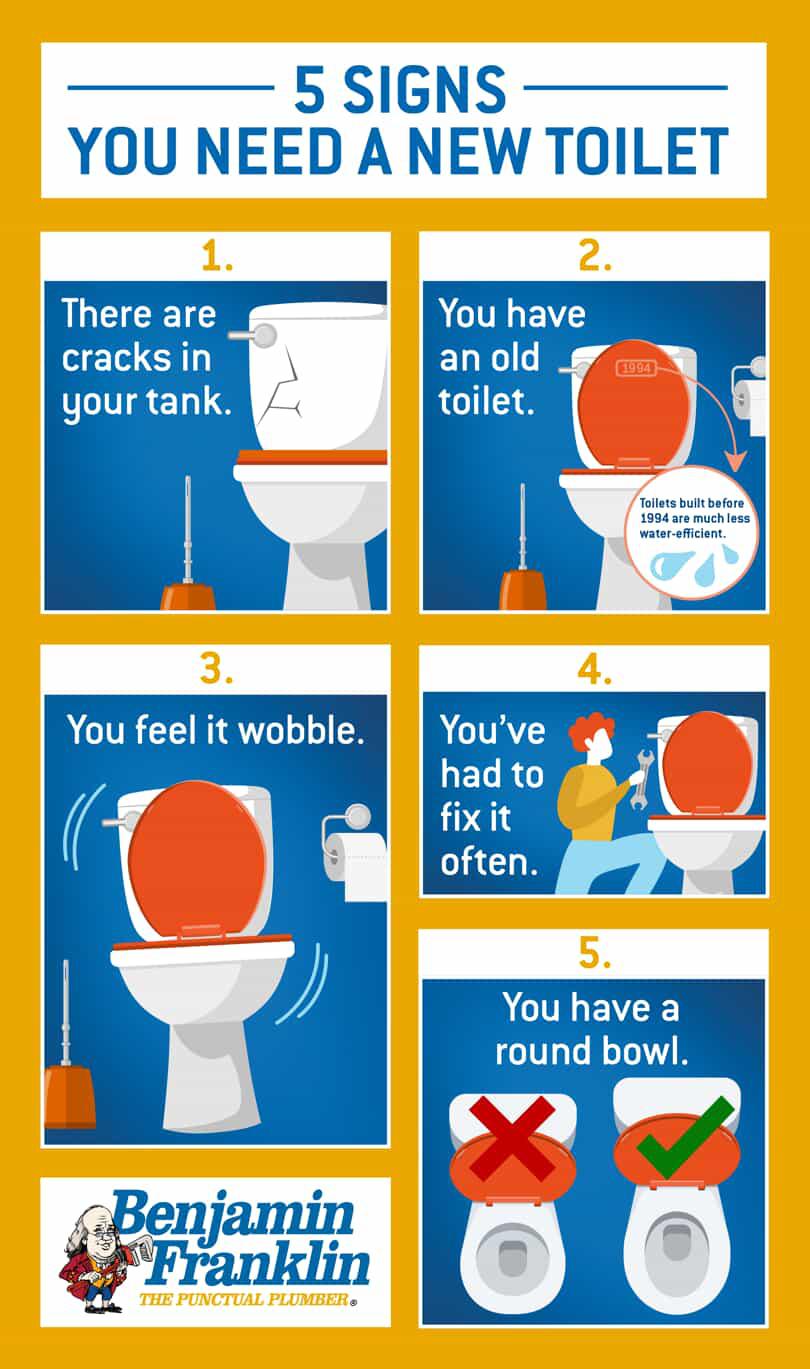
Source: www.benjaminfranklinplumbing.com
Economic Benefits
Investing in sanitation infrastructure, including toilets, can yield significant economic benefits. According to the World Bank, every dollar spent on sanitation can return up to $5 in economic benefits by reducing healthcare costs, increasing productivity, and improving educational outcomes.
When communities have access to clean toilets, children are less likely to miss school due to illness, and adults can work more effectively without the distraction of health issues related to poor sanitation. This creates a ripple effect, leading to stronger economies and healthier populations.
Social Equity
Access to toilets is also a matter of social equity. In many parts of the world, marginalized communities, including women and girls, often face barriers to accessing sanitation facilities. This can lead to increased vulnerability and discrimination.
For example, women may avoid public spaces or school due to a lack of safe and clean toilets. This can hinder their education and limit their opportunities for employment. By ensuring that everyone has access to toilets, we can promote gender equality and empower individuals to participate fully in society.

Source: askfilo.com
Types of Toilets
Understanding the various types of toilets can help us appreciate their importance and functionality. Here are some common types of toilets:
1. Flush Toilets
Flush toilets are the most common type in urban areas. They use water to flush waste into a sewer system or septic tank. These toilets are convenient and hygienic but require a reliable water supply.
2. Composting Toilets
Composting toilets use natural processes to break down human waste into compost. They are eco-friendly and do not require water for flushing, making them suitable for remote areas or places with limited water access.
3. Pit Latrines
Pit latrines are a simple and cost-effective solution for sanitation, especially in rural areas. They consist of a hole in the ground where waste is deposited. While they are better than open defecation, they can pose health risks if not properly maintained.
4. Portable Toilets
Portable toilets are often used at events, construction sites, or in emergency situations. They provide temporary sanitation solutions and are essential for maintaining hygiene in crowded or outdoor settings.

Source: soscs.org
Common Misconceptions About Toilets
Despite the clear benefits of toilets, there are several misconceptions that persist. Here are a few common myths debunked:
Myth 1: Toilets Are Just for Convenience
While toilets do provide convenience, their role extends far beyond that. They are essential for public health, environmental sustainability, and social equity. Access to toilets can significantly impact overall well-being.
Myth 2: All Toilets Are the Same
Not all toilets serve the same purpose or function. Different types of toilets are designed for various environments and needs. Understanding these differences can help communities choose the right solutions for their sanitation challenges.
Myth 3: Toilets Are Only a Modern Invention
The concept of toilets dates back thousands of years. Ancient civilizations, such as the Indus Valley and Roman Empire, had sophisticated sanitation systems. While modern toilets have evolved, the need for sanitation has always been present.

Source: www.selfleadership.com
Actionable Steps for Promoting Sanitation
Now that we've explored the importance of toilets, here are some actionable steps to promote sanitation in your community:
1. Advocate for Improved Infrastructure
Support initiatives that aim to improve sanitation infrastructure in your area. This could involve advocating for public toilets in parks, schools, and other public spaces.
2. Educate Others
Raise awareness about the importance of toilets and proper sanitation practices. Share information with your friends, family, and community members to promote better hygiene and health.
3. Support Local Organizations
Get involved with local organizations that work to improve sanitation and hygiene in underserved communities. Your support can help provide resources and education to those in need.
4. Practice Good Hygiene
Set an example by practicing good hygiene habits, such as washing your hands after using the toilet. Encourage others to do the same to promote a culture of cleanliness.
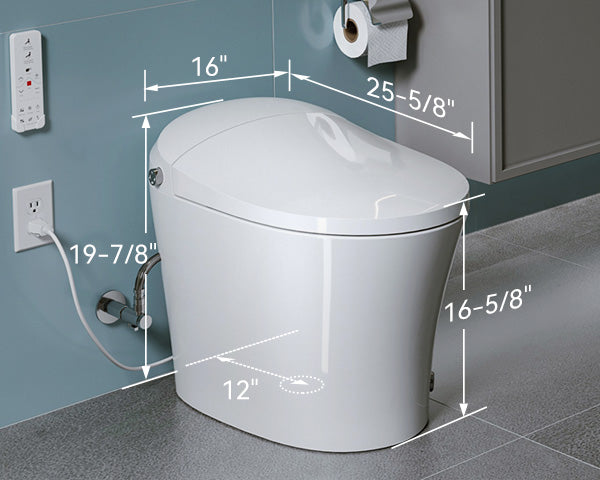
Source: horow.com
Frequently Asked Questions About Toilets
What are the health risks of not having access to a toilet?
Not having access to a toilet can lead to the spread of diseases such as cholera, dysentery, and typhoid. These diseases can have severe health consequences and can be life-threatening, particularly for vulnerable populations.
How can toilets contribute to environmental sustainability?
Toilets can help prevent water and soil contamination by properly disposing of human waste. Additionally, modern toilets are designed to be more water-efficient, helping to conserve this precious resource.
What types of toilets are best for rural areas?
Composting toilets and pit latrines are often suitable for rural areas where water supply and infrastructure may be limited. These options provide effective sanitation solutions without relying on flush systems.
How can I get involved in promoting sanitation in my community?
You can get involved by advocating for improved sanitation infrastructure, educating others about hygiene practices, and supporting local organizations working on sanitation initiatives.
Why is sanitation important for gender equality?
Access to clean and safe toilets is crucial for women and girls, as it allows them to participate fully in education and public life. Without proper sanitation facilities, they may face barriers that hinder their opportunities.

Source: www.bespokefamily.co.uk
Conclusion
Toilets are far more than mere conveniences; they are essential for public health, environmental sustainability, and social equity. As I’ve explored throughout this article, the importance of toilets cannot be overstated. They play a critical role in preventing disease, promoting hygiene, and supporting economic growth.
As you reflect on why we need toilets, I encourage you to take action in your community. Advocate for better sanitation, educate those around you, and support initiatives that promote access to clean and safe toilets for everyone. Together, we can make a difference and ensure that everyone has access to this fundamental necessity.
Watch This Video on Why we need toilet

